Himalayan Outburst Lakes May Be Increasing GLOFs
More research needed to understand risk of glacial floods
By Brett Walton
Circle of Blue
Of all the evidence showing how the warming atmosphere jeopardizes human life, perhaps none is more visible or as acutely dangerous as outburst flooding in the Himalayas. Last month, in the most up-to-date assessment yet, the Centre for Integrated Mountain Development (ICIMOD), a research center in Nepal, identified 200 glacial lakes in the Hindu Kush-Himalayan (HKH) region that it called “potentially dangerous”–25 in Bhutan, 77 in China, 30 in India, 20 in Nepal, and 52 in Pakistan.
More than 90 percent of the population of the HKH region, which includes Bangladesh, Bhutan, India, Nepal and Pakistan, are hit by recurring floods and other climate-related disasters, according to a South Asian Disasters report by the International Federation of the Red Cross. The ICIMOD keeps an inventory of 8,700 glacial lakes in the HKH region, including Thorthormi and Raphstreng, two glacial lakes that are filling with meltwater in Bhutan’s Pho Chu Valley, and located at the end of a 10-day hike through steep and treacherous terrain.
Glacial lakes are recognized as a threat to mountain areas worldwide. Over the last few decades glacial lake outburst floods (or GLOFs) have killed thousands of people in the Himalayas, Andes and Alps, while causing millions of dollars in damage to infrastructure, villages, farmland and livestock. A GLOF in Peru in 1964 killed 4,500 people; floods in Nepal in 1981 and 1985 destroyed new hydroelectric plants; floods in Tibet in 2000 caused an estimated $US75 million in damages.
Dispatching Eyes and Ears Into Flood Zones
Every June Bhutan’s Department of Energy sends two men and pack mules into the mountains to spend a year monitoring the lakes with hydrologic equipment, said Dowchu Dukpa, a geophysicist with the Geological Survey of Bhutan. In effect, they are the lead grunts in Bhutan’s manual flood monitoring and control system, taking daily lake level measurements and transmitting data via wireless radio and satellite phone to manned stations down the valley. If a lake breaches its natural dam, the squad initiates the warning message to villages in the path of danger.
There’s good reason for Bhutan to be wary.
In the Himalayan region the lake problem is compounded by a lack of long-term data, making conclusions about flood risks subject to significant revision.
“Precise identification of the timing and magnitude of potential outbreaks of glacial lakes cannot be achieved with the present state of knowledge,” the ICIMOD assessment states. Since doing the inventory of dangerous lakes, research organizations developed a list of priority lakes in order to focus studies on the most threatening basins.
Sometimes Too Aggressive in Describing Risks
A sober risk assessment is also necessary because media reports sometimes overstate risks and lead to inaccurate perceptions, said Pradeep Mool, a remote sensing specialist with ICIMOD, who has studied glacial lake floods for 25 years.
“When we talk about GLOF potential from a lake, the media or people who write articles will say ‘This is a very dangerous lake, so it poses a big threat downstream.’ Yes, it poses a threat but we cannot say how or when the lake will bust out. In many news articles it is too much exaggerated,” Mool told Circle of Blue.
“[The media present] glacial lakes as a big thing that can explode anytime up in the high mountains and bring a big flood. There were some events in the past that happened like that but we still have to learn a lot about the process of how it happens.”
One thing is certain, say scientists: Glacial lakes are becoming more numerous and much larger as alpine regions warm. According to a study last year by an Indian research group, surface temperatures since 1980 around one big glacier near the northern border of India have increased 0.8 degrees Celsius (1.5 degrees Fahrenheit). The lakes form as glacial meltwater collects behind ridges of loose rock debris called moraines that were deposited by the glaciers themselves.
But Outburst Flooding is For Real
Moraines act as natural, yet unstable, dams. Any number of mundane and calamitous events can trigger a flood: a lake growing too big for its moraine, a landslide creating a wave that spills over the moraine and erodes it, an earthquake destabilizing the terrain, dead ice in the moraine’s core melting, erosion from seepage. Lakes are particularly dangerous in the Himalaya, Mool says, because the valley glaciers feeding them are tens of kilometers long, resulting in lakes much larger than those in the Andes or Alps.
June marks the beginning of the summer work season at Bhutan’s glacial lakes, where two concurrent projects aim to reduce the downstream risk of a catastrophic flood. Before 1994 the public knew little about the lake threat. In that year a flood in the Pho Chu valley, one of Bhutan’s most productive farm regions, killed 23 people, washed away water mills and destroyed yak herds as well as grazing land.
The disaster spurred government officials to be more prepared for the next one, prompting the development of Bhutan’s National Action Plan for Adaptation to Climate Change, which puts considerable emphasis on assessing and minimizing GLOF risk.
The government’s monitoring projects focus on Thorthormi, a lake that’s perched in a glacial depression 70 meters above Raphstreng Lake in northern Bhutan. Raphstreng was artificially lowered in 1996 to alleviate some pressure on its dam, and it seems to be working. Mool explained the change in designation for Raphstreng:
“If a lake is freely flowing at the outlet, then the lake area is not expanding anymore or it is a slow expansion. We then have to consider that this lake is coming to a safer zone. We cannot say it is totally safe, but it is becoming a lower priority as a critical lake.”
But Thorthormi, meanwhile, is growing steadily. Rising temperatures are changing the Himalayan landscape so rapidly that Thorthormi was not even on the list of potentially dangerous lakes during a 2001 survey. It is now the primary target of Bhutan’s mitigation efforts. Officials fear that if Thorthormi’s moraine dam fails, a cascading flood would release 14 million gallons of water and debris, according to the World Wide Fund For Nature.
A Bhutan Glacial Lake Grows Larger
One of the projects at Thorthormi is digging drainage outlets to bring the water down to safer levels. The work is being done by hand because of the difficulty in getting heavy equipment to the remote area, said Ugyen Wangda, the head of the Geological Survey of Bhutan. The lakes are located at elevations between 4,000 to 5,000 meters above sea level.
The US$3.5 million project is being funded by the World Bank’s Global Environmental Facility, Wangda told Circle of Blue. Geological Survey hopes to lower the height of Thorthormi by five meters in three years, but the schedule is uncertain because snowfall limits construction from June through October.
With their second project, Bhutanese officials are working with the United Nations Development Programme, GEF, and the Austrian government to install automatic sensors at Thorthormi and along the Pho Chu valley.
Most Himalayan countries already have some form of automated early warning system. In 1998 Nepal installed a similar system of six water level sensors and 19 alarm and relay stations along the Tamakoshi valley.
Remote sensing projects are important for flood warning systems because they can detect small changes in lake levels and send immediate signals to alarm systems near villages. But as for research and risk evaluation, nothing can replace repeated, ground-level surveys, Mool said.
Circle of Blue reporter and researcher Molly Walton contributed to this report.

Brett writes about agriculture, energy, infrastructure, and the politics and economics of water in the United States. He also writes the Federal Water Tap, Circle of Blue’s weekly digest of U.S. government water news. He is the winner of two Society of Environmental Journalists reporting awards, one of the top honors in American environmental journalism: first place for explanatory reporting for a series on septic system pollution in the United States(2016) and third place for beat reporting in a small market (2014). He received the Sierra Club’s Distinguished Service Award in 2018. Brett lives in Seattle, where he hikes the mountains and bakes pies. Contact Brett Walton

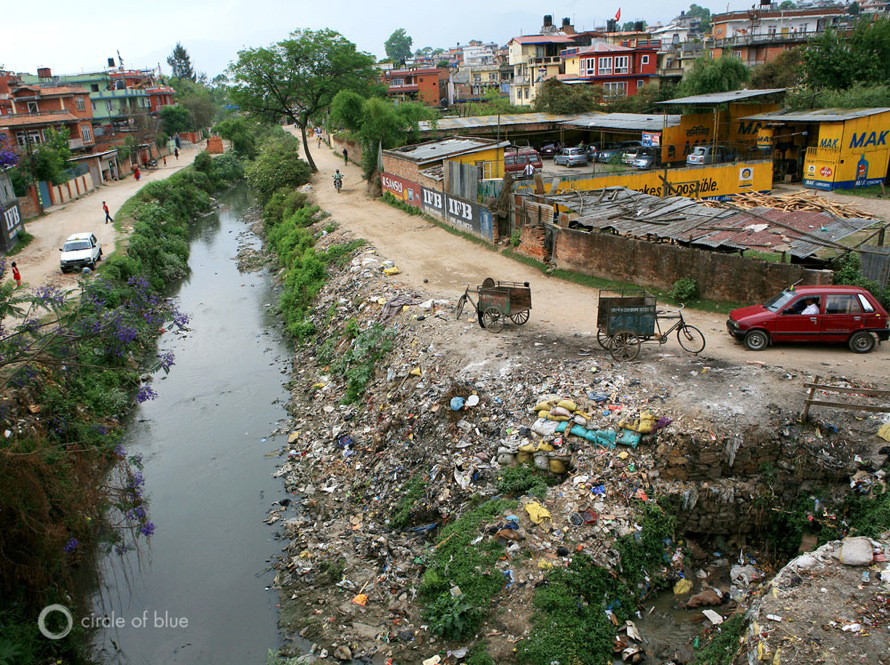
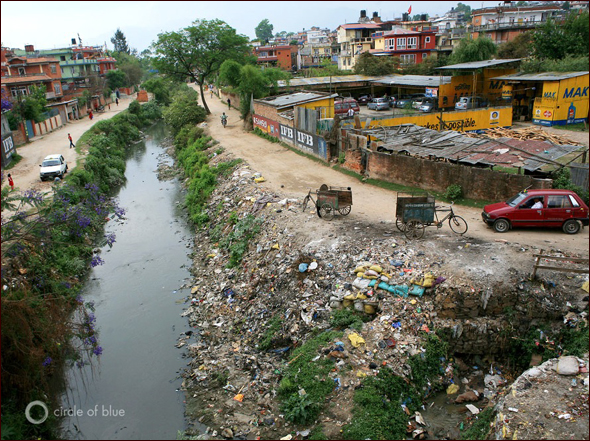

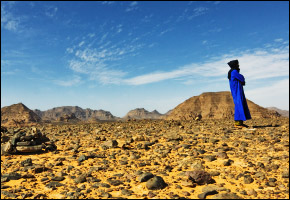

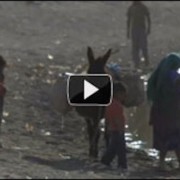
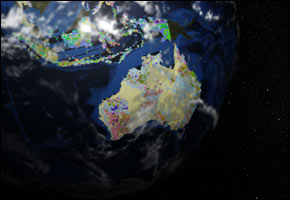
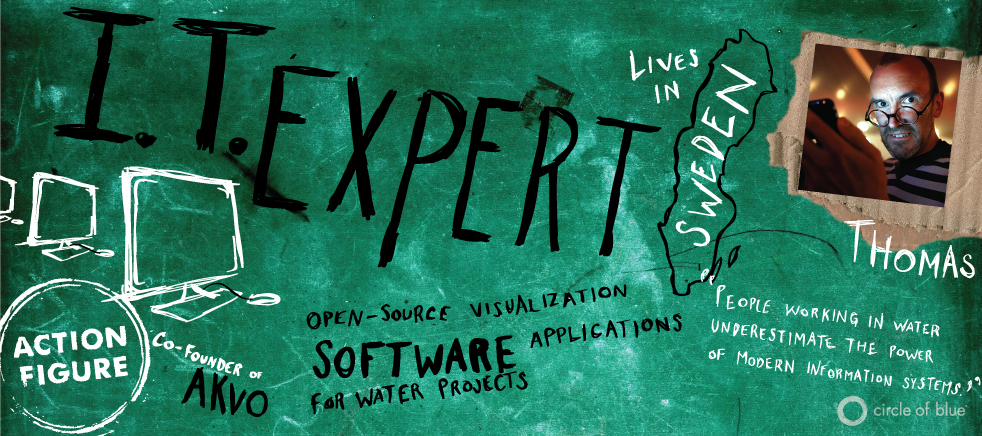


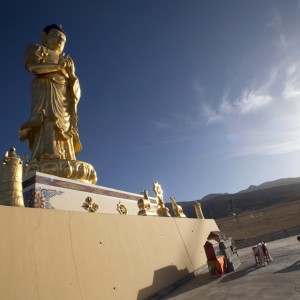
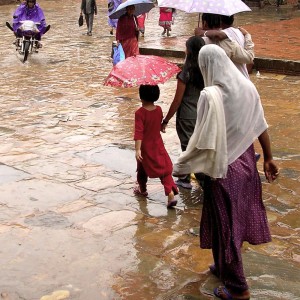
Leave a Reply
Want to join the discussion?Feel free to contribute!